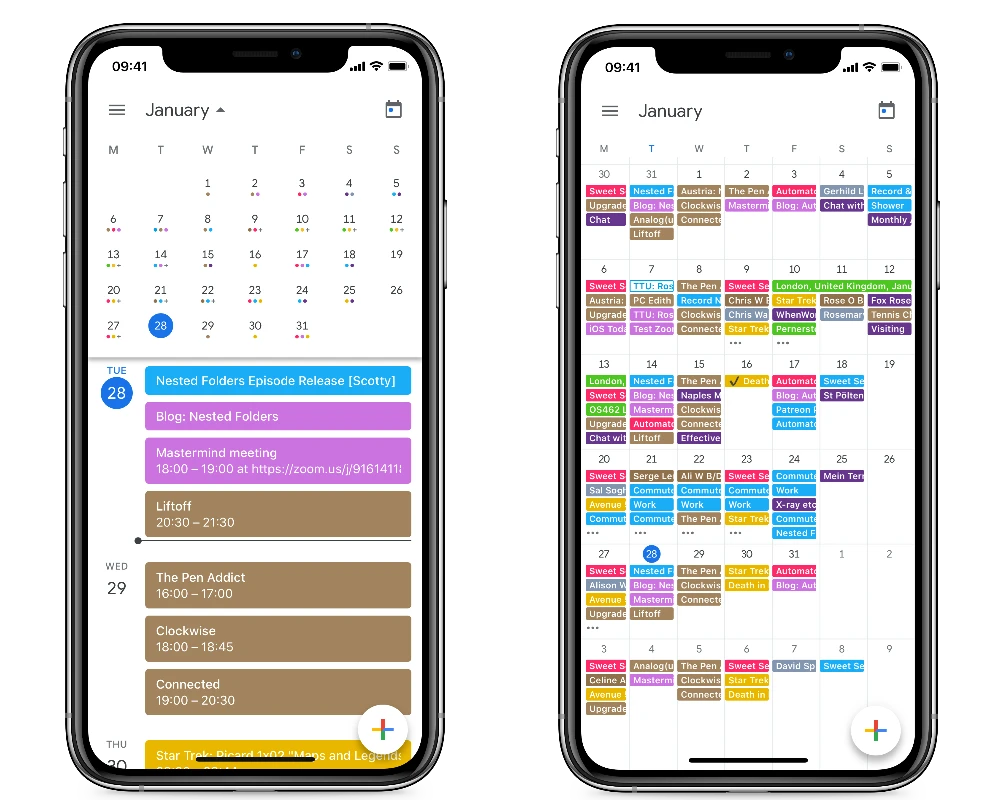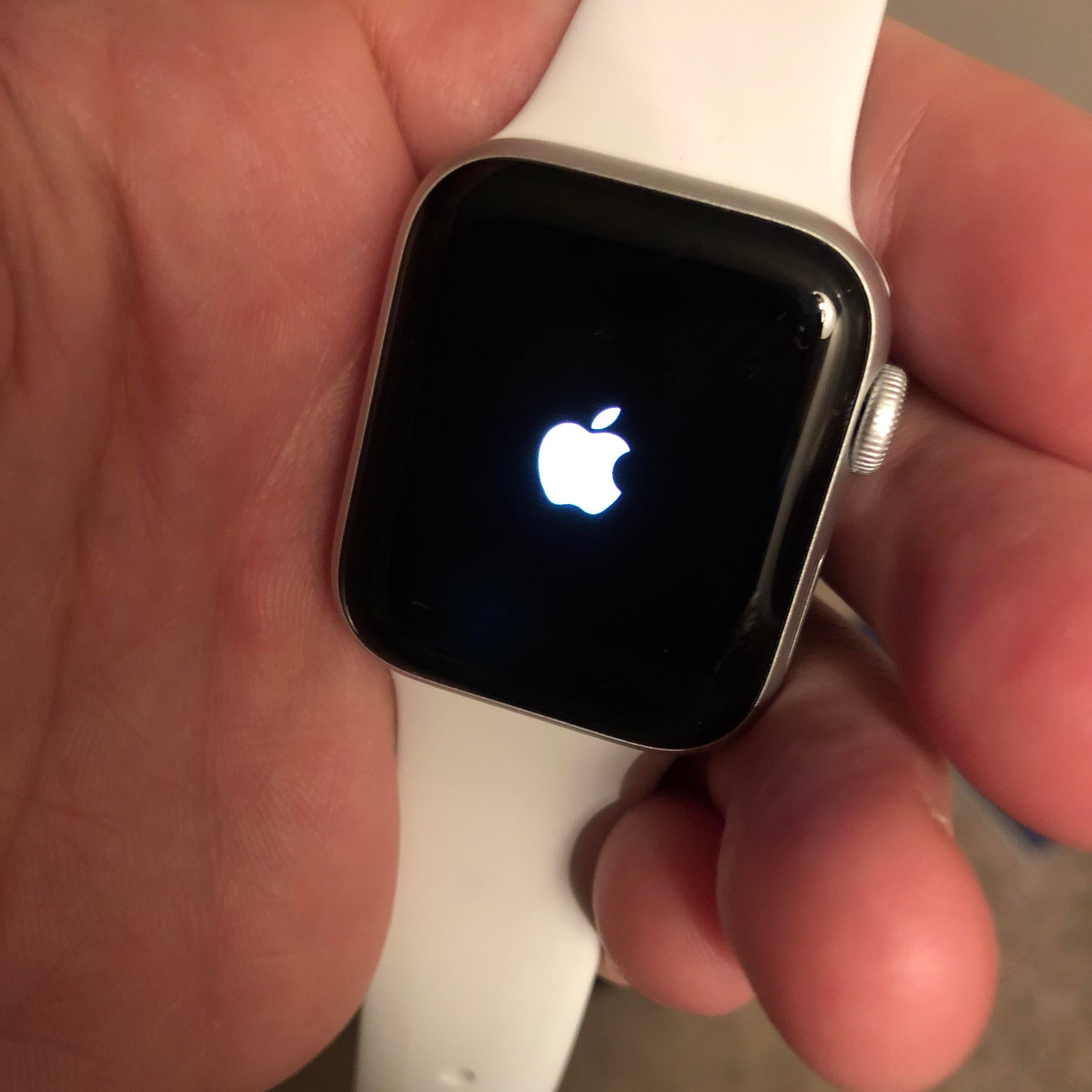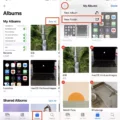Have you ever experienced a change in how you view events in your Calendar on your iPhone? Don’t worry, you’re not alone. Many iPhone users have encountered this issue, but luckily there are simple solutions to help you get back on track.
One common problem is zooming in or out on your calendar. To zoom in or out, all you need to do is tap on a year, month, or day. This will allow you to adjust the level of detail you see in your calendar. Additionally, in Week or Day view, you can also use the pinch-to-zoom gesture to zoom in or out.
If you prefer to view your calendar on a weekly basis, you can easily do so by rotating your iPhone sideways while in Day view. This will give you a comprehensive overview of your events for the entire week, making it easier to plan and manage your schedule.
Sometimes, you may want to quickly check the events for a specific day without having to navigate through the calendar. In Month view, you can simply tap on the day to see a list of events for that particular day. This feature allows for a quick overview of your schedule, ensuring that you never miss an important appointment or deadline.
In case you find that some of your calendars or events are missing, there are a few troubleshooting steps you can take. First, make sure that you are signed in to iCloud with the same Apple ID on all of your devices. Then, check your iCloud settings to ensure that Contacts, Calendars, and Reminders are turned on. Additionally, double-check that the date and time settings on your device are correct for your current location.
If you still can’t find your missing calendars, you can try restoring them through iCloud.com. Simply sign in to iCloud.com, scroll down to the bottom of the window, and select Data Recovery. From there, you can choose to restore your calendars from a specific date before you deleted the content. Confirm your selection, and your calendars should be restored.
It is not uncommon to experience changes in how you view events in your iPhone Calendar. By following the tips mentioned above, you can easily zoom in or out, view your calendar on a weekly basis, check the events for a specific day, and even restore any missing calendars. With these simple solutions, you can effectively manage your schedule and stay organized on your iPhone.

How Do You Change The View Of Your Calendar On iPhone?
To change the view of your Calendar on your iPhone, you have a few options:
1. Zoom in or out: If you want to get a closer or wider view of your calendar, you can tap on a year, month, or day to zoom in or out. This allows you to easily navigate and see more or less of your events at a time. Additionally, in Week or Day view, you can use the pinch gesture to zoom in or out.
2. View a weekly calendar: If you prefer to see your calendar on a weekly basis, you can rotate your iPhone sideways while in Day view. This will switch the view to a weekly calendar, providing you with a more comprehensive overview of your schedule for the entire week.
3. View a list of events: In Month view, you can tap on a specific date to see the day’s events. This will display a list of all the events scheduled for that day, allowing you to quickly browse through and plan accordingly. You can easily access this by tapping on the specific date in the Month view.
By utilizing these different options, you can customize the view of your Calendar on your iPhone based on your preferences and easily manage your schedule.
Why is Your iPhone Calendar Messed Up?
There can be several reasons why your iPhone Calendar might be messed up. Here are some possible causes:
1. Syncing issues: If you have multiple devices that are synced with your iCloud account, there might be syncing problems between them. Make sure that you’re signed in to iCloud with the same Apple ID on all of your devices. Also, check that you have turned on the Calendar syncing option in your iCloud settings.
2. Incorrect date and time settings: Ensure that the date and time settings on your iPhone are correct for your current location. Incorrect time settings can cause events to appear at the wrong time or not show up at all.
3. Software glitches: Occasionally, software glitches can occur on your iPhone, leading to issues with the Calendar app. Try restarting your device or updating to the latest iOS version to see if that resolves the problem.
4. Deleted or hidden calendars: It’s possible that you accidentally deleted a calendar or hid it from view. Open the Calendar app and tap on the “Calendars” button at the bottom to make sure that all your calendars are selected and visible.
5. Corrupted data: In some cases, the data associated with your Calendar app may have become corrupted. You can try resetting the Calendar app by going to Settings > Passwords & Accounts > iCloud > Toggle off “Calendars” > Toggle it back on again.
If none of these solutions work, you may need to contact Apple Support for further assistance.
How Do You Get Your Original Calendar Back On Your iPhone?
To retrieve your original Calendar on your iPhone, you can follow these steps:
1. Open the Settings app on your iPhone.
2. Scroll down and tap on “Passwords & Accounts”.
3. Under the “Accounts” section, tap on “Add Account”.
4. From the list of available account types, select “iCloud”.
5. Enter your iCloud email address and password, then tap “Next”.
6. Toggle the “Calendars” switch to the ON position.
7. Tap “Save” to add your iCloud account and sync your calendars.
If you have already added your iCloud account but the calendars are still missing, you can try the following steps:
1. Open the Settings app on your iPhone.
2. Scroll down and tap on “Calendar”.
3. Under the “Accounts” section, tap on “Default Calendar”.
4. Select your iCloud account as the default calendar.
5. Go back to the previous screen and tap on “Sync” to manually sync your calendars.
If the above steps don’t restore your original Calendar, you can try resetting the Calendar app:
1. Go to the Settings app on your iPhone.
2. Scroll down and tap on “General”.
3. Scroll down again and tap on “Reset”.
4. Select “Reset All Settings”.
5. Confirm the action by entering your passcode if prompted.
6. Your iPhone will restart, and the Calendar app will be reset to its default settings.
If none of the above methods work, it’s possible that your original Calendar data is not recoverable. In that case, you may need to consider restoring your iPhone from a previous backup using iTunes or iCloud, if you have one available. Keep in mind that restoring from a backup will replace all your current data with the data from the backup, so it’s essential to make sure you have a recent backup before proceeding.
It’s also a good practice to regularly back up your iPhone using iCloud or iTunes to prevent data loss in the future.
Conclusion
Changing the view settings in the iPhone Calendar app is a simple and efficient way to customize your calendar experience. By zooming in or out, you can easily adjust the level of detail you want to see, whether it’s for a specific year, month, or day. Pinching to zoom in or out in Week or Day view provides a more granular control over your schedule. Rotating your iPhone sideways in Day view allows you to view a weekly calendar, giving you a broader perspective on your upcoming events. Additionally, tapping on the month view gives you a convenient list of events for the day, providing a quick overview of your schedule. If you ever encounter missing calendars, it’s important to ensure that you’re signed in to iCloud with the same Apple ID on all your devices and that Contacts, Calendars, and Reminders are turned on in your iCloud settings. if you accidentally delete any content, you can easily restore your calendars by signing in to iCloud.com and using the Data Recovery feature. the iPhone Calendar app offers a range of view settings and features to help you stay organized and manage your schedule effectively.








